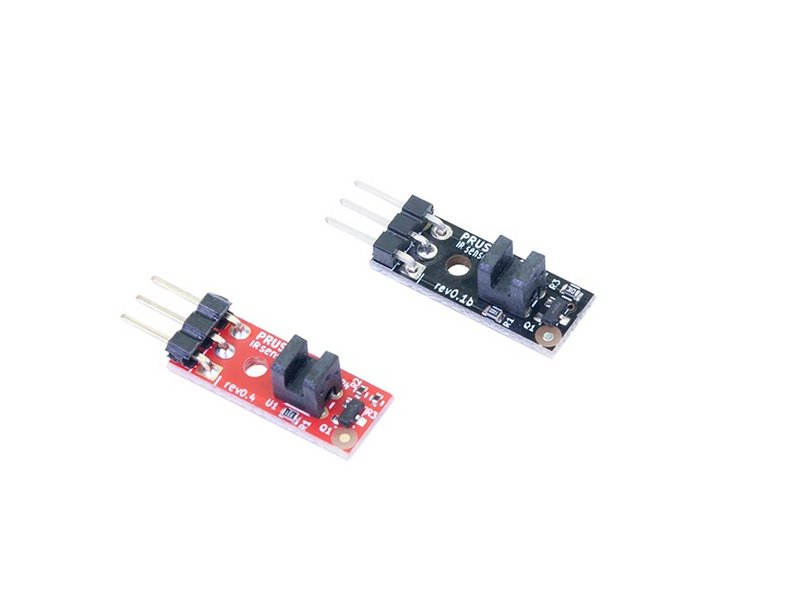Due to some inconsistencies in readings from the optical filament sensor we created the MK3 to MK3S upgrade to address this. The new IR filament sensor still uses an optical sensor but is triggered by a mechanical action designed into the new plastic parts of the MK3S, and MK2.5S extruder.
Other printer models equipped with the IR filament sensor are the MK3S+, and the MK3.5/S.

Autoload
Autoload is a function that, if the hotend is heated, will start the loading procedure once filament is detected. This can be turned ON and OFF from Settings -> Autoload, on the LCD-panel. The filament sensor must be turned on, from the same menu, to be able to utilize the Autoload feature.
Running out of filament
If you run out of filament, the printer will automatically pause the print, move the X-carriage away from the print and prompt you to unload the remaining few centimeters of the material from the heatbreak and replace the spool and insert a new filament.
The printer will guide you on how to resume printing safely:
- "Please press the knob to unload the filament" = Press the knob to unload the remaining few centimeters of the filament.
- "Repeat unloading filament? [Yes/No] = If everything went well, press [Yes]. If not, then press [No]. The printer will lock the x-axis motor and will allow you to open the extruder idler to clear the remains of the filament manually.
- To open the extruder idler, simply release the spring screw running through the extruder, holding the idler-door.
- Then, you can use the bundled pliers to remove the filament remains. If some of it got stuck in the top PTFE tube, simply push it out with new filament.
- Close the extruder idler by re-tightening spring tensioned screw. The Head of the screw should be about flush with the plastic parts when the filament is loaded.
- "Insert filament and press the knob" = Make sure to insert the same type of filament, cut the tip of the filament and insert the filament and press the knob.
- "Changed correctly?" [Yes/Filament not loaded/Color not clear] = If everything went fine and the new filament is coming out nicely (and has the right color), simply select [Yes]. If you think that the filament was not loaded properly, select [Filament not loaded], which will push through the same amount of filament as before. If the color is not clear, then select [Color not clear], this way it will push through only a bit of filament.
Troubleshooting
If you encounter any problems with loading or detection by the filament sensor, please see our troubleshooting article.